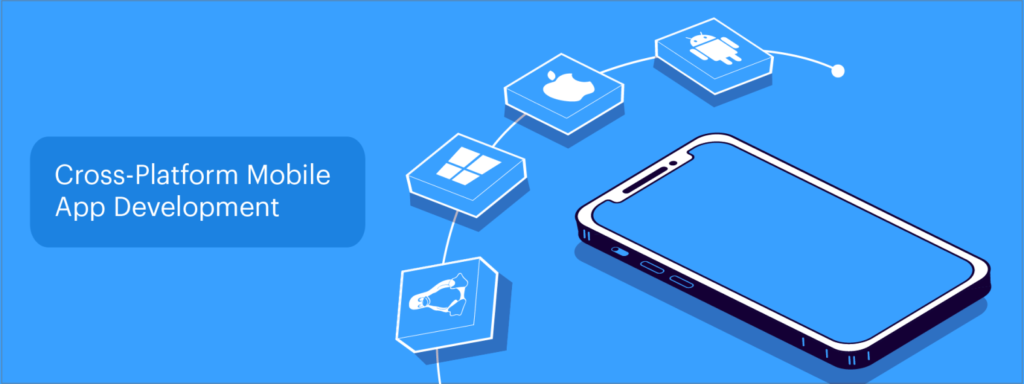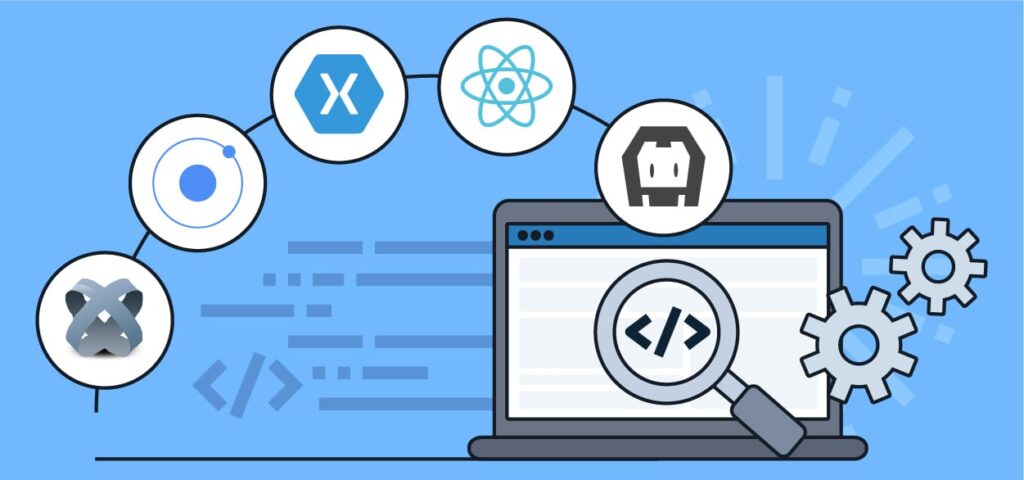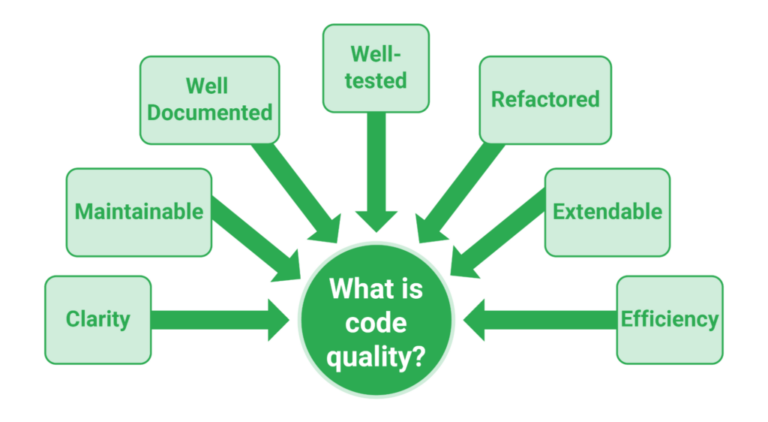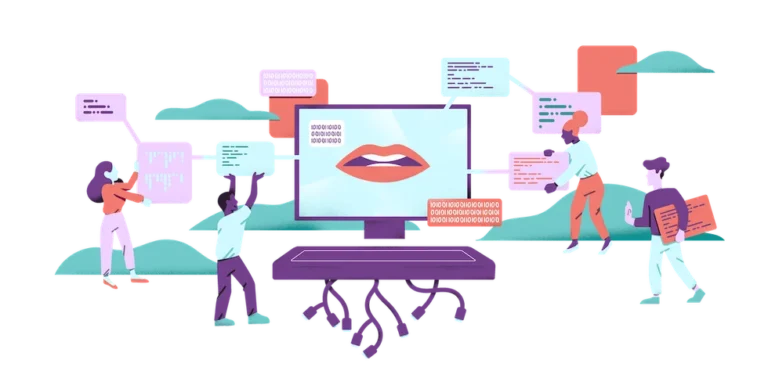Cross-Platform Development with Lazarus IDE: Reaching a Wider Audience
In today’s digital landscape, reaching users across various operating systems is paramount for software developers. However, developing applications that seamlessly run on different platforms can be a daunting task. Fortunately, Lazarus IDE offers a solution with its robust support for cross-platform development. In this article, we’ll explore how Lazarus empowers developers to build applications that reach a wider audience by running effortlessly on Windows, macOS, Linux, and more.

Read about also: The Most Effective IDEs of 2024
Why Cross-Platform Development Matters
- Maximizing Market Reach: By targeting multiple platforms, developers can tap into a broader user base, maximizing the reach and potential impact of their applications.
- Cost-Efficiency: Cross-platform development eliminates the need to develop and maintain separate codebases for each platform, resulting in significant cost savings for developers and organizations.
- Consistent User Experience: Delivering a consistent user experience across different platforms enhances usability and fosters user satisfaction, leading to increased engagement and retention.
Lazarus IDE: The Cross-Platform Solution
- Unified Development Environment: Lazarus IDE provides a unified development environment for building cross-platform applications. Developers can write code once and deploy it across multiple operating systems seamlessly.
- Compiler and Runtime: Lazarus leverages the Free Pascal Compiler (FPC), which generates platform-native executable files, ensuring optimal performance and compatibility across different platforms.
- Platform-Specific Components: Lazarus offers platform-specific components and controls that adapt to the native look and feel of each operating system, enhancing the user experience and ensuring consistency.
Building Cross-Platform Applications with Lazarus
- Project Setup: When creating a new project in Lazarus, developers can choose the target platform(s) they wish to support, such as Windows, macOS, Linux, or even mobile platforms like Android and iOS.
- User Interface Design: Lazarus’s visual GUI designer simplifies the process of creating cross-platform user interfaces. Developers can design intuitive and visually appealing layouts that adapt to different screen sizes and resolutions.
- Testing and Debugging: Lazarus provides built-in tools for testing and debugging cross-platform applications, allowing developers to identify and resolve platform-specific issues efficiently.

Best Practices for Cross-Platform Development
- Platform-Agnostic Code: Write code that is platform-agnostic whenever possible, using conditional compilation directives or platform-specific abstraction layers to handle platform-specific functionality.
- User Experience Optimization: Pay attention to the unique characteristics and conventions of each platform to ensure a consistent and intuitive user experience across all supported platforms.
- Performance Considerations: Be mindful of performance differences between platforms and optimize your code accordingly to ensure smooth and responsive performance across all target platforms.
Conclusion
Cross-platform development with Lazarus IDE opens up a world of opportunities for developers to reach a wider audience and deliver compelling experiences across multiple platforms. By leveraging Lazarus’s powerful tools and following best practices for cross-platform development, developers can create high-quality applications that resonate with users regardless of their chosen operating system. Embrace the versatility of Lazarus IDE and unlock the potential of cross-platform development in your next project.







